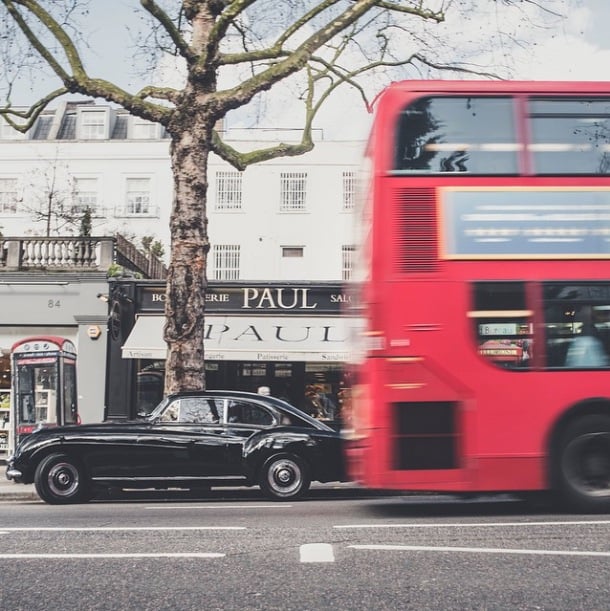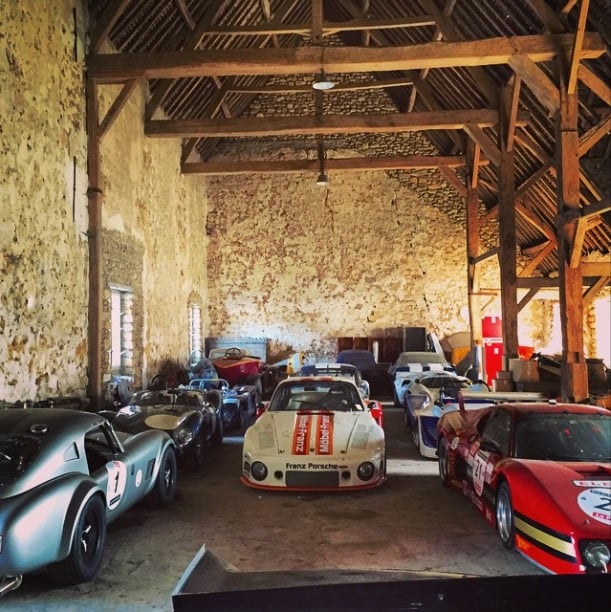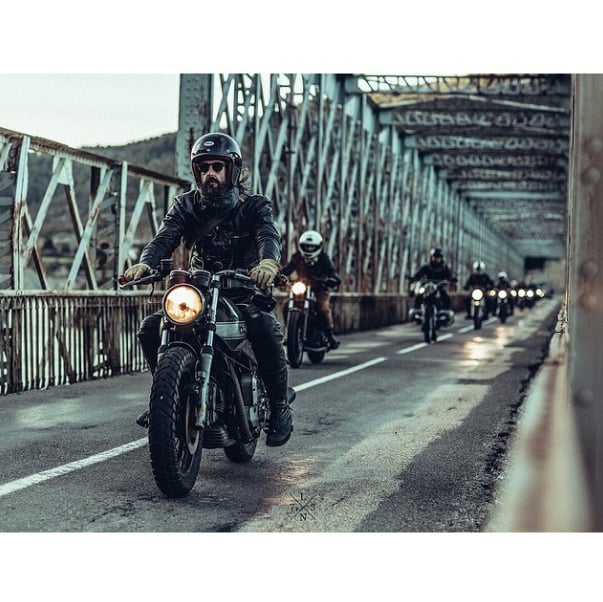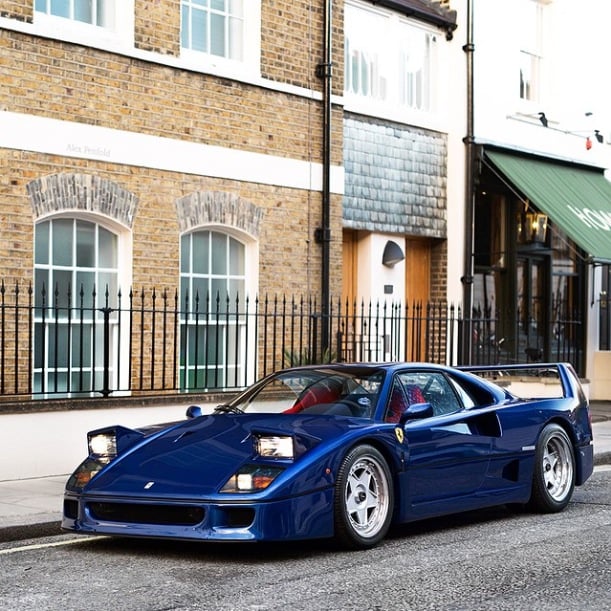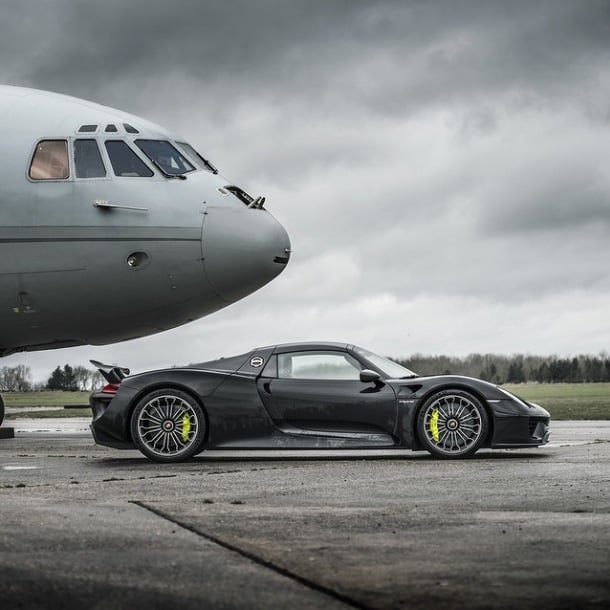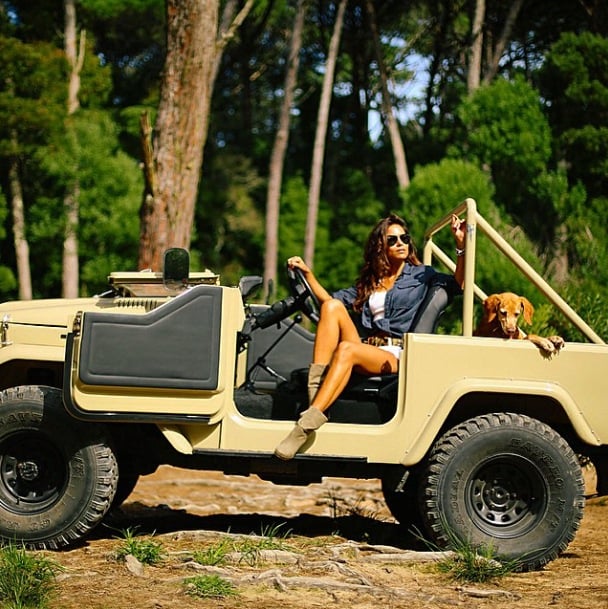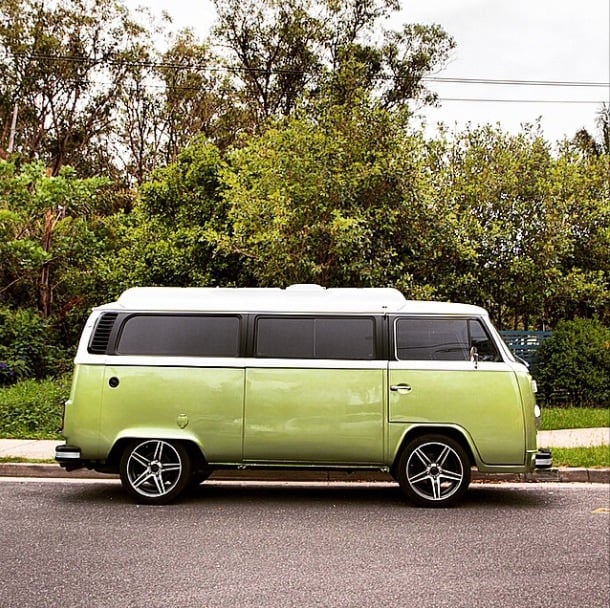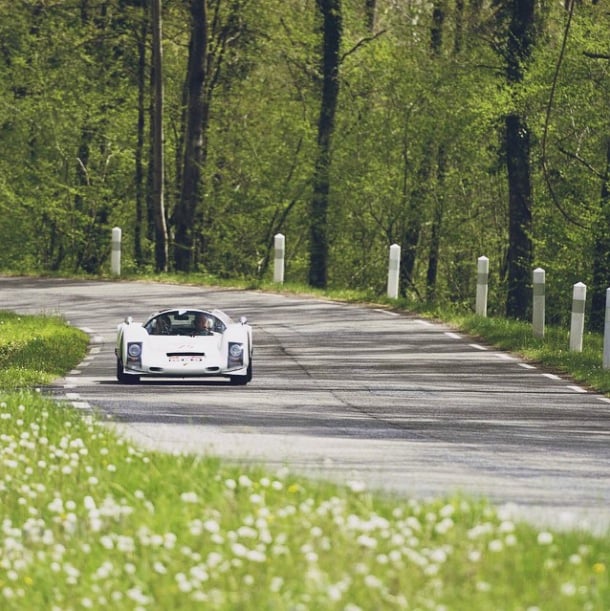Le Mugello a accueilli plusieurs des plus grands moments de sa carrière mais Rossi y a aussi eu des épisodes difficiles…
Présent dans le paddock MotoGP™ depuis près de vingt ans en tant que reporter pour Motorcycle News, Matthew Birt rejoint l’équipe de motogp.com pour la saison 2015 afin de vous proposer des news exclusives ainsi qu’une opinion venant du coeur du paddock.
Étant donné l’histoire d’amour entre Valentino Rossi et le Mugello, il peut paraître incroyable que sept années se soient écoulées depuis la fin de sa fantastique série de sept victoires consécutives en MotoGP.
Bien qu’il ait un palmarès sans égal sur ce circuit, le pilote du team Movistar Yamaha MotoGP y a connu autant de hauts que de bas.
Le Mugello a accueilli plusieurs des plus grands moments de sa carrière mais Rossi y a aussi eu des épisodes difficiles.
Il remporta sa première victoire au Mugello en 125cc, en 1997, lors d’une course qui est restée célèbre pour ses moqueries envers son rival italien Max Biaggi.
Rossi avait fêté sa victoire avec une poupée gonflable sur laquelle était écrit le nom du modèle allemand Claudia Schiffer, une attaque directe envers Biaggi, qui était à l’époque lié à Naomi Campbell.
Son unique victoire en 250cc au Mugello arriva en 1999, lorsqu’il utilisait une livrée ‘Peace and Love’ sur son Aprilia.
La popularité de Rossi était déjà énorme et des milliers de fans italiens avaient envahi la piste pour fêter sa victoire. Essayant d’échapper à ses fervents supporters, Rossi était tombé de son Aprilia en percutant le caméraman Gigi Soldano sur le tour d’honneur !
La première déception de Rossi au Mugello date de 2000 et de sa première saison en catégorie reine. Visant le titre de premier Italien à gagner en 500cc au Mugello, Rossi s’était battu avec Loris Capirossi et Biaggi pour s’emparer de la première place mais finit par chuter en fin de course.
Il tomba à nouveau l’année suivante, sous une pluie diluvienne, lorsque sa Honda NSR500 revêtait une livrée aux couleurs d’Hawaii.
Superstitieux, Rossi abandonna l’idée d’utiliser une livrée spéciale au Mugello et porta son attention sur les casques.
Une tradition qu’il lança en 2002 pour que la traditionnelle présentation du casque le samedi matin devienne au fil des ans l’un des moments incontournables de la saison.
Son premier casque spécialement conçu pour le Mugello reprit le design de celui qu’avait utilisé son père Graziano en 1979, l’année de naissance de Rossi.
Le début de cette nouvelle tradition fut aussi le début d’une incroyable série de sept victoires consécutives pour Rossi au Mugello.
Sa victoire en 2002 fut l’occasion de nouvelles festivités post-course brillamment orchestrées. Rossi dominait sans partage sur la nouvelle Honda V5, à tel point que ses détracteurs avancèrent que son succès était dû à la vitesse de pointe de la RC211V.
Le Mugello a l’une des lignes droites les plus longues du calendrier et après une nouvelle victoire sur Biaggi, Rossi s’arrêta pour recevoir une amende pour excès de vitesse remise par l’un de ses fans déguisé en policier.
Les innombrables souvenirs de Rossi au Mugello n’ont cependant pas tous été créés en piste, l’Italien ne manquant jamais d’humour.
En 2008, il dévoila la plus célèbre de ses créations pour le Mugello : son propre visage était placé sur le dessus de son casque AGV.
L’idée était venue de l’incontournable designer Aldo Drudi suite à ce que Rossi lui ait demandé à quoi ressemblait son visage lorsqu’il freinait au bout de la ligne droite.
Il s’imposa ce jour-là mais a depuis connu plus de déceptions que de succès.
En 2010, Rossi fut victime d’un highside à l’entrée de la chicane Biondetti, lors des essais du samedi matin et se fractura la jambe droite.
Deux Top 6 peu satisfaisants avec la Ducati Desmosedici en 2011 et 2012 furent suivis par un nouvel espoir en 2013, lorsque M. Mugello revint chez Yamaha.
La course de Rossi ne dura cependant qu’une trentaine de secondes puisqu’il alla au tapis dès le premier tour suite à un accrochage avec Álvaro Bautista.
C’est certainement cette année que Rossi a le plus de chances de renouer avec la victoire chez lui devant son public, et de faire passer son compteur à 10 au Mugello.
À 36 ans, l’Italien est sur une série de neuf podiums consécutifs, dont trois victoires.
Et il arrive au Mugello en tête du classement du Championnat du Monde pour la première fois depuis 2008.
Ce week-end, Rossi et des dizaines de milliers de fans espèreront le voir redevenir Roi du Mugello.
Mugello has been the scene of some of the greatest moments in his career, but Rossi has experienced the darker side of racing here too…
Mugello has been the scene of some of the greatest moments in his career, but Rossi has experienced the darker side of racing here too…
With nineteen years of experience reporting on MotoGP™ for Motorcycle News, Matthew Birt knows the championship inside-out. For the 2015 season he joins the motogp.com team to bring you exclusive news and opinion from inside the paddock.
Given Valentino Rossi’s love affair with Mugello, it is incredible to think it is seven years since the last of his magnificent seven successive MotoGP victories at the awe-inspiring track.
Despite his unrivalled success, the Movistar Yamaha rider’s fortunes have been as up and down as the spectacular circuit itself.
Mugello has been the scene of some of the greatest moments in his career, but Rossi has experienced the darker side of racing here too.
His first win in Mugello was a 125cc success in 1997 and was made more memorable by his mischievous mocking of bitter Italian rival Max Biaggi.
Rossi celebrated with an inflatable doll that had German model Claudia Schiffer’s name scribbled on it in a direct swipe at Biaggi’s link to fellow supermodel Naomi Campbell.
His solitary 250cc success came in 1999 when using the distinctive one-off ‘Peace and Love’ Aprilia livery.
Rossi’s popularity was already booming and it was at a time when thousands of fervent Italian fans would invade the circuit. Trying to escape his adoring public, Rossi fell off his Aprilia machine when he rode into TV cameraman Gigi Soldano on the slowing down lap!
Rossi’s first bitter experience of Mugello came in his rookie premier class campaign in 2000. Aiming to become the first Italian rider to win a 500cc race at Mugello, Rossi fought an enthralling battle with Loris Capirossi and Biaggi but fell out of the lead late on.
He crashed again a year later in monsoon conditions while racing his Honda NSR500 in a special Hawaiian livery.
After that tumble, superstitious Rossi hasn’t used a special livery for Mugello since and instead he took to rolling out unique helmet designs.
The helmet tradition started in 2002 and the traditional Saturday morning unveiling has become a hugely anticipated moment of the season.
The first version was a design used by his father Graziano back in 1979 – the same year Rossi was born.
The start of the one-off helmet designs coincided with Rossi’s unrivalled domination at Mugello, with his success in 2002 the first of a record seven straight wins.
His 2002 success triggered another brilliantly orchestrated post race celebration.
Rossi was dominating on the stunning new Honda V5 machine and he’d had to deal with snipes that his success owed much to the top speed of the RC211V.
Mugello has one of the longest straights on the calendar, so after another win over Biaggi, he stopped and was issued with a speeding fine by fans dressed as police.
Rossi’s Mugello memories have not just been created on track. You can never accuse him of lacking humour and ingenuity.
In 2008 he unveiled the most famous of his Mugello creations.
Sprawled across the top of his AGV was his own face in a shocked expression.
The inspired idea came from legendary designer Aldo Drudi after he asked Rossi what his face looked like when he was braking at the end of the end of the straight.
He won that day, but since then, it has been more a tale of woe than win.
In 2010, Rossi suffered a huge high side on the entry to the fast Biondetti chicane in Saturday’s morning practice. He was left with a compound fracture of his right tibia.
Two low-key top six finishes on the ill-handling Ducati Desmosedici in 2011 and ’12 were followed by renewed hopes that Mr. Mugello would be back to winning ways on his return to Yamaha in 2013.
However, Rossi’s race lasted barely 30 seconds when he was out on a disastrous first lap after a tangle with Alvaro Bautista.
Rossi heads to his spiritual home this weekend with arguably his best chance of sending a passionate and partisan crowd home delirious with what would be a 10th victory at his beloved Mugello.
The 36-year-old is on a golden run of nine straight podiums, which includes three wins.





